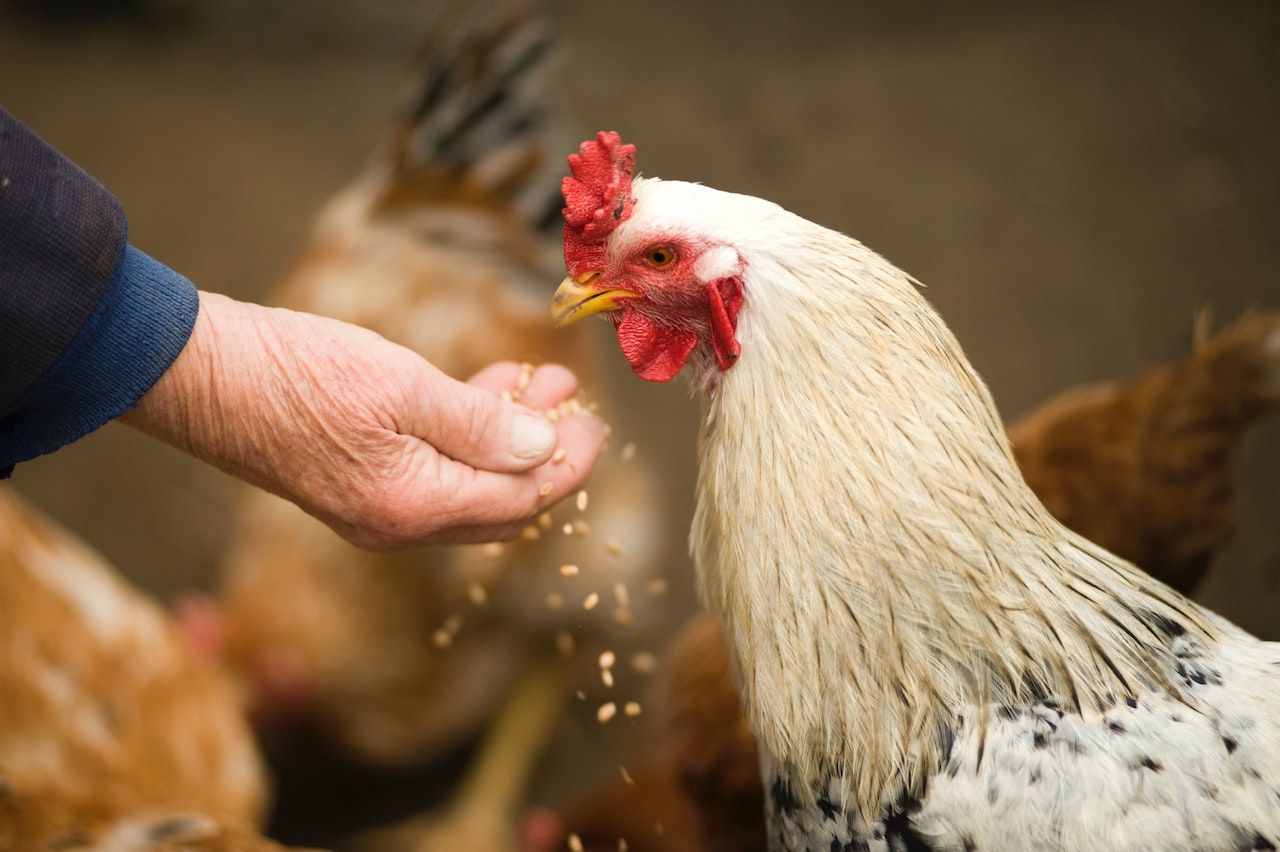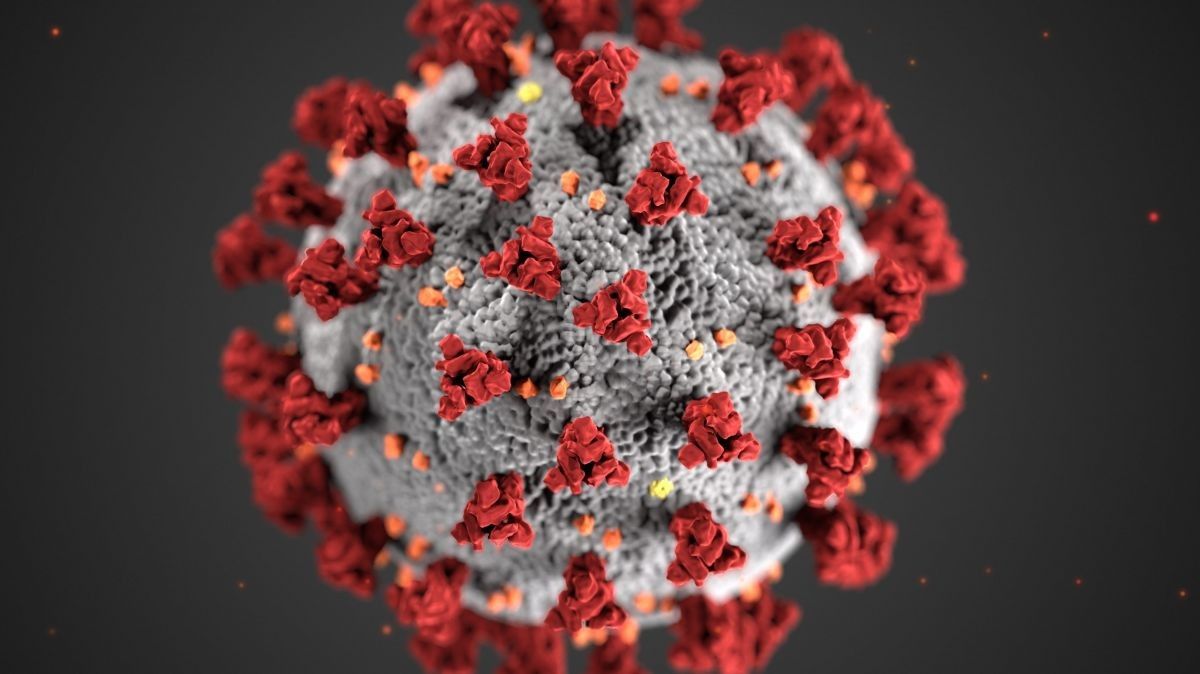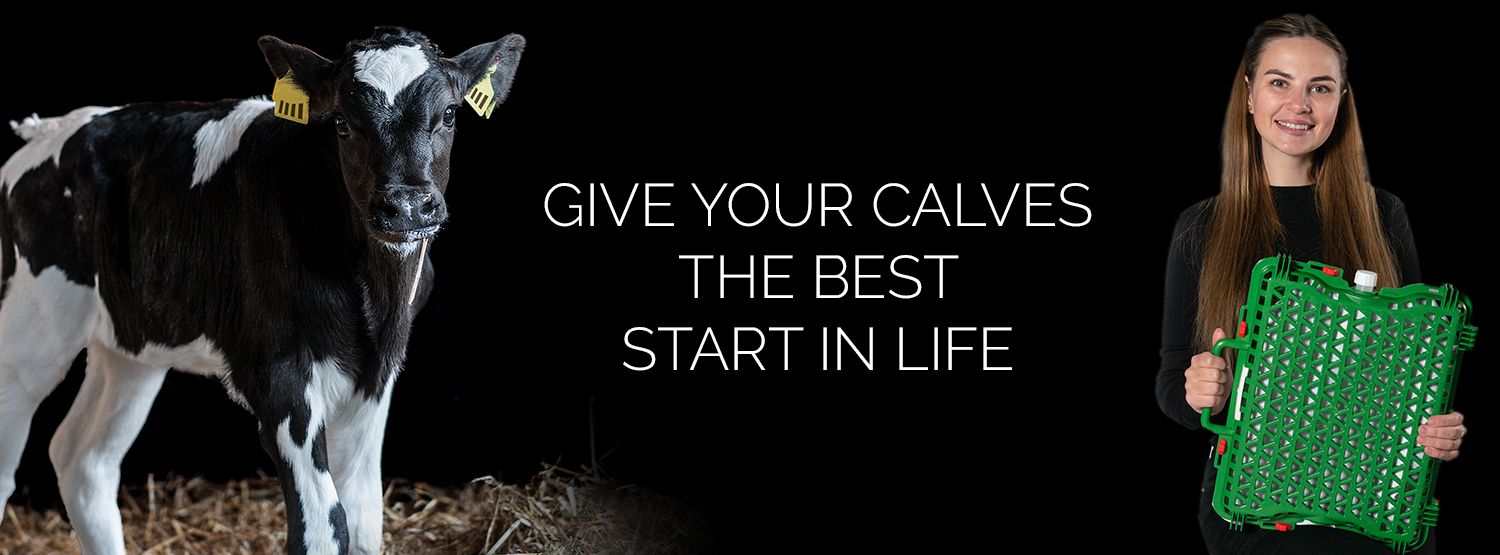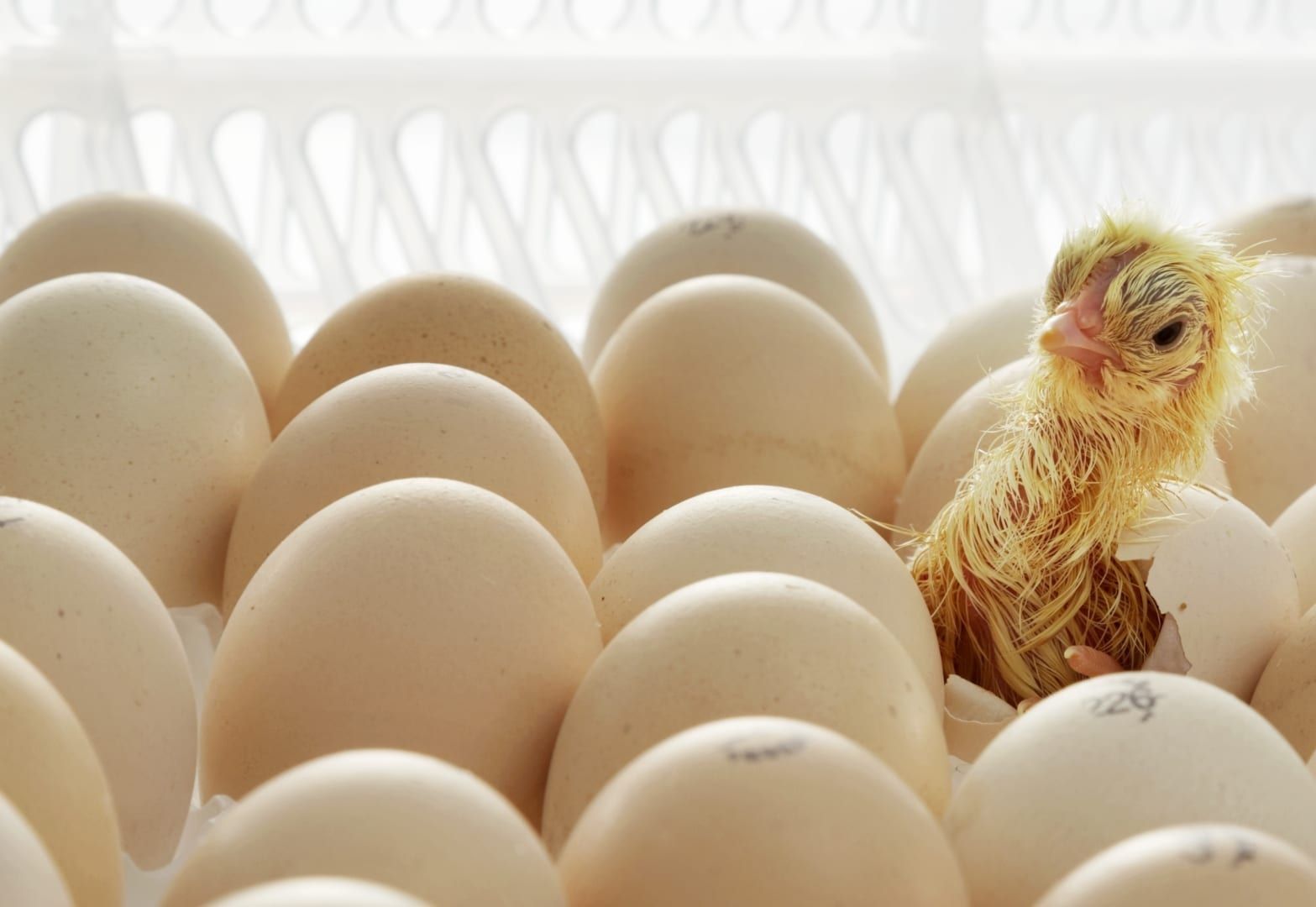Animal feed sales down in Germany
At 21.7 million tonnes, feed production in Germany in the 2023 calendar year was around 360,000 tonnes or 1.6% less than in the previous 12 months. This is according to the latest figures from the German animal feed association, DVT.
However, the year-on-year contraction represents a partial easing in the long-term contraction in the German feed sector. Figures from the European Feed Manufacturers’ Association FEFAC put the volume of feed produced in Germany in 2022 at just under 22.2 million tonnes. This was 5.8% lower than the previous year.
The decline in total national feed output is attributed by DVT President Cord Schiplage mainly to reduced sales of pig feeds. For this segment, production was down approximately 500,000 tonnes or 5.8% to 8 million tonnes for 2023. Fattening pig numbers in the November census had fallen significantly year-on-year by as much as 11.6%, he said. Overall in 2023, the country’s swine population contracted by 1.4% to 9.6 million.
In contrast, feed production in Germany expanded in 2023 for the other main market segments. For cattle, output volume was up around 100,000 million tonnes for the year to 6.5 million tonnes, while there was an 80,000 million tonnes increase in poultry feed production to 6.3 million tonnes.
In terms of revenue, DVT figures also indicate a drop in the value of feed sales in 2023 to EUR 9.4 billion. This compares with EUR 10.5 billion for the previous year. According to Schiplage, the increased availability of feed ingredients on global markets last year drove the decline in sales value — along with price and competitive pressures. During the comparative period of 2022, he said, raw material and energy costs had been exceptionally high.
In 2023, there were 276 compound feed companies in Germany, according to DVT. This was five fewer than 12 months previously.
Provisional figures for 2023 from FEFAC points to a further reduction in compound feed production in the EU-27 by 2% to 144.3 million tonnes.









